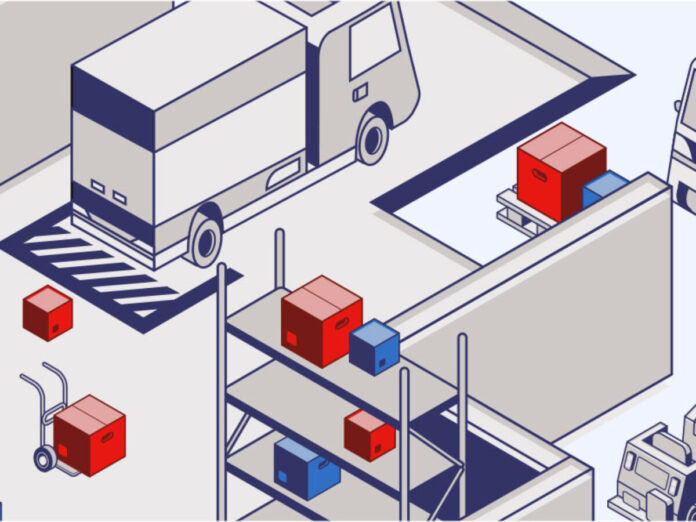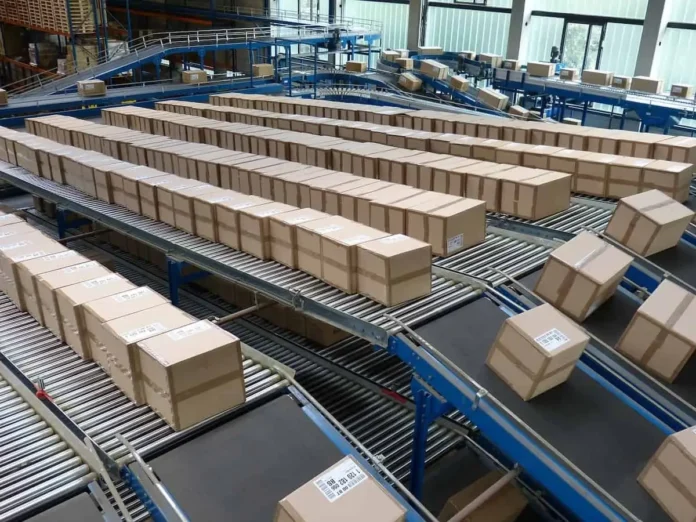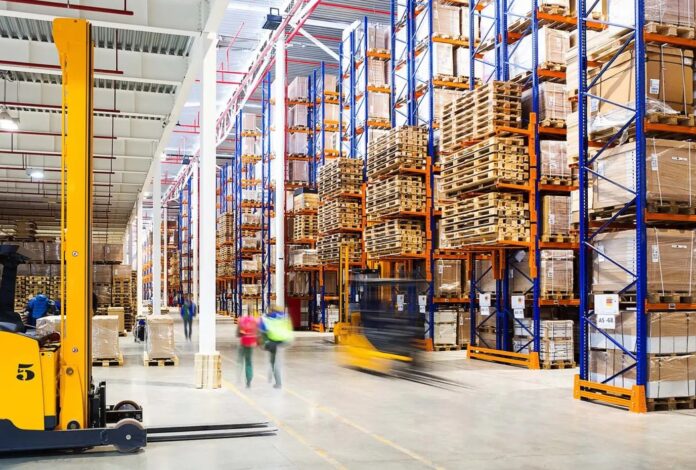Efficient inventory oversight serves as the foundation for seamless warehouse functioning, cost minimization, and satisfying customer demands. Cutting-edge inventory administration solutions, explicitly crafted for warehouses, deliver a comprehensive approach to monitoring, arranging, and sustaining inventory levels. This article will delve into the advantages of embracing inventory administration solutions in warehouses, emphasize essential characteristics to evaluate, and explore the groundbreaking changes these solutions introduce to inventory management systems for warehouse.
The Favorable Outcomes of Warehouse Inventory Administration Solutions

Adopting inventory administration solutions can result in numerous benefits for warehouses, such as:
- Refined Inventory Accuracy: Inventory administration solutions enable warehouses to uphold precise, real-time records of inventory amounts, decreasing the probability of stockouts or surplus inventory incidents. This guarantees that warehouses can skillfully and effectively manage customer orders.
- Augmented Operational Efficiency: By automating various inventory administration tasks, like stock counting, order picking, and inventory restocking, these solutions can substantially enhance warehouse efficiency. This leads to reduced labor expenses, heightened productivity, and expedited order completion.
- Simplified Order Administration: Inventory administration solutions can effortlessly connect with other enterprise systems, including order administration and customer relationship management (CRM) software. This interconnectivity streamlines order administration and encourages improved communication between departments, ultimately resulting in elevated customer satisfaction.
- Expense Reduction: By improving inventory levels, minimizing stock inconsistencies, and enhancing operational efficiency, inventory administration solutions can aid warehouses in saving on storage, labor, and operational costs.
Essential Characteristics of Warehouse Inventory Administration Solutions
When evaluating inventory administration solutions for warehouses, it is crucial to consider the following features:
- Real-Time Inventory Oversight :The solution should provide real-time inventory oversight capabilities, delivering current data on stock amounts, locations, and movements. This may entail barcode scanning, radio-frequency identification (RFID) technology, or alternative tracking techniques.
- Automation and Effortless Integration: A competent inventory administration solution should automate numerous warehouse operations and seamlessly integrate with other enterprise systems, such as order administration, e-commerce platforms, and shipping carriers.
- Flexible Reporting and Analytics: The software should encompass versatile reporting and analytics tools, enabling warehouses to track key performance indicators (KPIs), identify trends, and make well-informed decisions based on data.
- Scalability and Personalization: As warehouse operations progress and grow, it is vital to have an inventory administration solution that can scale and adapt to shifting needs. The solution should present customization choices, empowering warehouses to modify the software to meet their unique needs.
The Need for Cutting-Edge Inventory Management Solutions in Warehouses

Warehouses have always been critical to the supply chain, but the demands placed on them have increased with the growth of e-commerce and omnichannel retailing. Consumers expect fast, accurate, and affordable deliveries, which means warehouses need to be able to manage inventory levels more effectively than ever before. Cutting-edge inventory administration solutions offer warehouses a way to achieve this by providing a centralized, real-time view of inventory levels, enabling them to optimize their operations and deliver on customer expectations. Find the best ship network service to make your shipping business more streamlined.
Emerging Technologies in Inventory Administration for Warehouses
Emerging technologies such as artificial intelligence (AI), machine learning, and predictive analytics are transforming inventory administration in warehouses. AI-powered inventory management solutions can automate inventory monitoring, identify patterns and trends, and predict demand more accurately than ever before. Machine learning algorithms can analyze data in real-time, enabling warehouses to optimize inventory levels and make informed decisions quickly. Predictive analytics can help warehouses anticipate demand and plan inventory levels more effectively.
Inventory Administration Solutions for Small and Large Warehouses

Inventory administration solutions are available for warehouses of all sizes, from small businesses to large enterprises. For small warehouses, cloud-based inventory administration solutions offer a flexible and cost-effective option, enabling them to manage inventory levels without investing in expensive hardware and software. For larger warehouses, on-premises solutions offer the ability to scale as the business grows, with the option to customize the software to meet their specific needs.
Implementing Inventory Administration Solutions: Challenges and Best Practices
Implementing inventory administration solutions can be a complex process, requiring careful planning and execution. Challenges include integrating with existing business systems, training staff, and ensuring data accuracy. Best practices for implementing inventory administration solutions include setting clear goals, involving stakeholders from across the business, and starting with a pilot project to test the solution before rolling it out across the organization.
Assessing ROI and Measuring Success in Inventory Management Solutions
One of the key benefits of inventory administration solutions is the ability to measure and improve performance over time. This requires setting clear performance metrics, such as order processing time, inventory accuracy, and labor costs, and regularly assessing progress against these metrics. By tracking these metrics, warehouses can identify areas for improvement, optimize their operations, and demonstrate the ROI of their inventory administration solutions.
Integration with Other Business Systems: ERP, WMS, and CRM

Inventory administration solutions are most effective when they are integrated with other business systems, such as enterprise resource planning (ERP), warehouse management systems (WMS), and customer relationship management (CRM) software. Integration enables warehouses to streamline their operations, reduce manual data entry, and gain a complete view of their inventory levels, orders, and shipments.
Future of Inventory Administration in Warehouses: AI, Machine Learning, and Predictive Analytics
The future of inventory administration in warehouses is bright, with emerging technologies such as AI, machine learning, and predictive analytics set to transform the industry. As these technologies become more accessible, warehouses of all sizes will be able to leverage their benefits, improving inventory accuracy, optimizing operations, and reducing costs. As AI and machine learning algorithms become more sophisticated, they will be able to anticipate demand more accurately, enabling warehouses to plan their inventory levels more effectively.
In summary, inventory administration solutions are transforming warehouse management by offering real-time inventory oversight, automating tasks, and presenting cost-saving possibilities. By integrating these solutions, warehouses can refine their inventory administration strategies, elevate operational efficiency, and promote business expansion.









